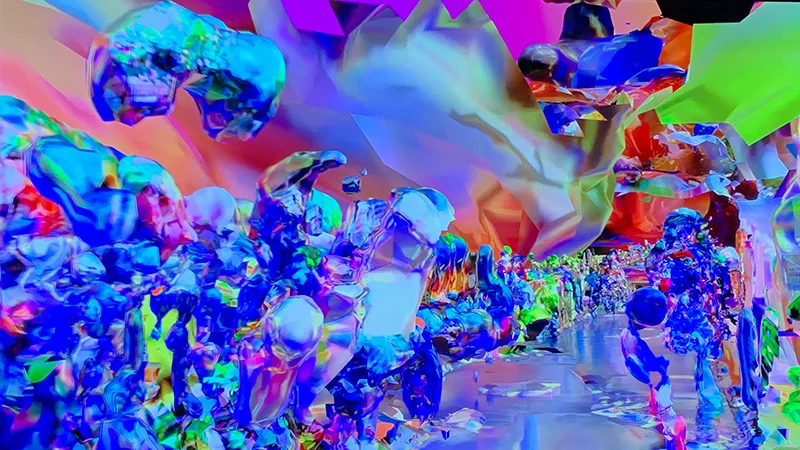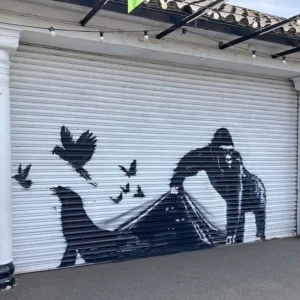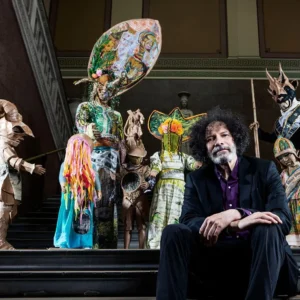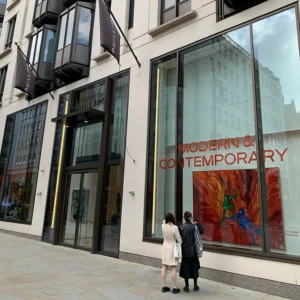The phrase ‘NFT market collapse’ has been thrown about in the media like a can of Andy Warhol’s soup. In doing so, its meaning has been lost for those seeking to comprehend the latest developments. Are NFTs dead? This article seeks to create clarity and lay out the relevant discourse that the prospective NFT collectors should make themselves familiar with.
Why Are NFTs Still Significant?
Investment in non-fungible tokens, or NFTs, is still a rapidly growing market. According to DappRadar’s industry report and Reuters, NFT sales volume reached $94.9 million in 2020 but increased significantly to $24.9 billion in 2021. DappRadar analyses data across 10 blockchains, which are used to record NFT ownership, which provides a balanced overview of the market. Even though sales have reportedly dropped by 97% since the beginning of 2022, collectors are seeing this as an opportunity to buy low.
Blockchains, Ethereum and Solana, come up in any discussion of NFTs for good reason. Cryptocurrency infrastructure and its application to NFT marketplaces has connected emerging digital artists to new communities of art collectors and created a buzz around NFTs. We have clearly seen rapid growth in NFTs in spite of there being a knowledge gap around their implications (caused by a lack of appropriate, accessible resources.) Therefore, the origins of NFTs and the nature in which they will endure, now more than ever, requires a clear breakdown for prospective art collectors.
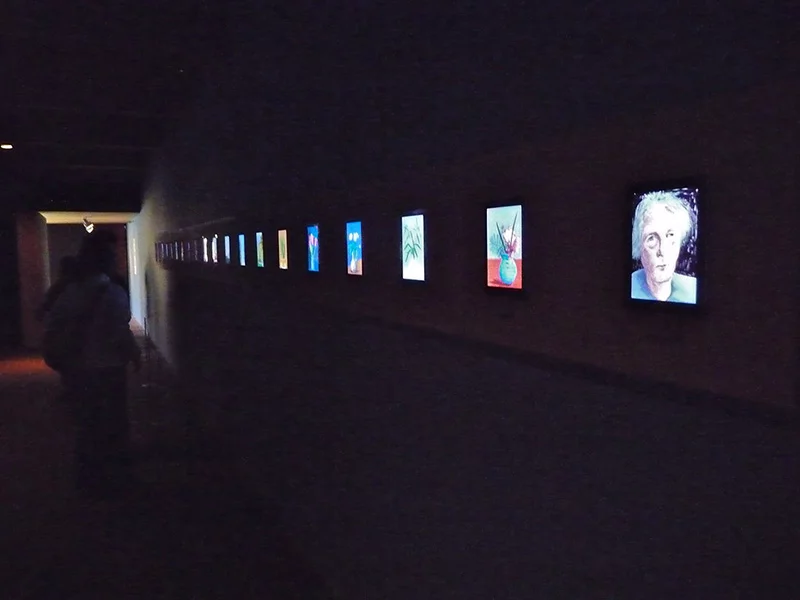
Where Does “NFT Art” Come From?
NFT art (a somewhat controversial term to use in the art world) originated in the early nineties through digital art ownership. Digital art, refers to any art made using electronic devices, including software, computers, and tablets. There is, however, a clear distinction between digital art and NFTs (NFTs can be paired with physical art too) but NFTs have undeniably led to a growth in the digital art market. The UBS Global Art Market Report 2022 demonstrates, in an analysis of online auction sales, that while art sales priced over $1 million made up only 6% of total online-only values in 2020, this rose to 23% in 2021, buoyed by sales of digital art.
Who Are These “NFT Artists”?
Statistics from the ArtTactic’s NFT Art Report, based on a study of NFT platform Nifty Gateway, demonstrates that Gen-Z artists make up the largest proportion of NFT artists with 61% of sales. Just 5% of the artists in the NFT world account for 60% of the sales in this market, while only one quarter of artists account for 90% of sales. Europe and North-America dominate the market, with emerging countries and women, respectively, only accounting for four and five percent of sales.
These Gen-Z NFT artists often come from the creative, music, or gaming sectors. Many are totally new to the traditional art world without connections to galleries. While many galleries and established artists have been slow to adapt, this is not the whole picture. For example, according to ArtNet, Jeff Koons (one of the highest valued artists in the world) is embracing the NFT world with “Moon Phases,” in which he presents his NFT collection at Pace Verso. Pace Gallery launched Pace Verso in November 2021 with the aim of creating a native digital space for new artists. This demonstrates the important role of high-profile artists and galleries in creating crossover between NFTs and the traditional art market.
More established fine artists are moving into the NFT space, but NFT platforms are still largely dominated by younger Gen-Z artists creating digital art. The traditional art world has been measured and restrained in its adoption of NFTs thus far, and the extent to which this will change depends on how appealing it will be for galleries and institutions to become involved and whether demand will last.
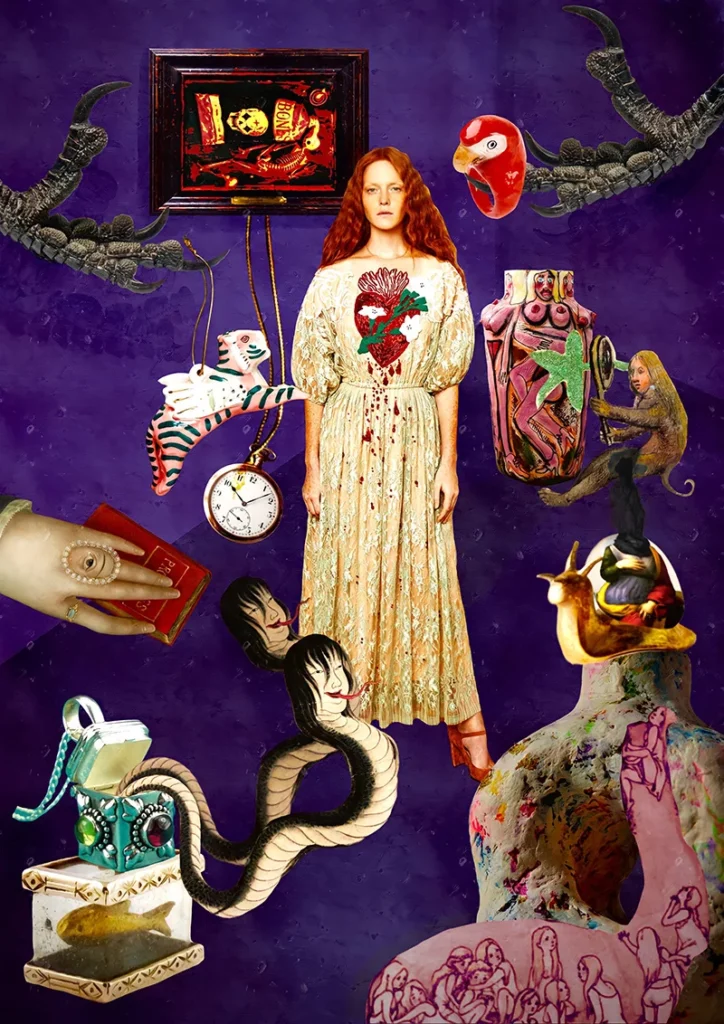
How Do We Understand NFT Demand?
It is helpful to keep in mind three key factors as we reflect on the market’s potential. Schrader-Rank’s well-researched analysis proposes that NFTs will continue to affect the art market at an exponential rate due to scarcity mindset and NFT applications in the real world. However, their environmental impact on the physical world will determine how long demand can last at increasing levels.
First, there is a scarcity mindset associated with NFTs, which is fascinating because while there are no physical limitations on NFTs, the buzz and illusion of limited supply motivates the general population to overbuy and overspend.
Second, NFTs real world applications to the economy creates the potential for greater sharing in the art market, improved transparency, open access to markets and optimisation of existing art market infrastructure.
However, third, environmental factors could be a major barrier to NFTs being adopted on an institutional level. Mining creates energy expenditure, and is costly. Therefore, an open mind is required for future energy solutions. The Ethereum Foundation has stated that an improved version of Ethereum (called Ethereum 2.0) will use 99.95% less energy when it is complete. In the meantime, alternative cryptocurrencies such as Cardano have a more environmentally minded approach to transactions than Ethereum’s proof-of-work method. Rather, Cardano uses proof-of-stake which is less power intensive and therefore more environmentally-friendly. However, this is still energy intensive and only partially remedies the issue.
Therefore, while cryptocurrency platforms are making efforts to address environmental concerns, the major solution will probably come from societies moving towards a more complete infrastructure of renewable energy over time.
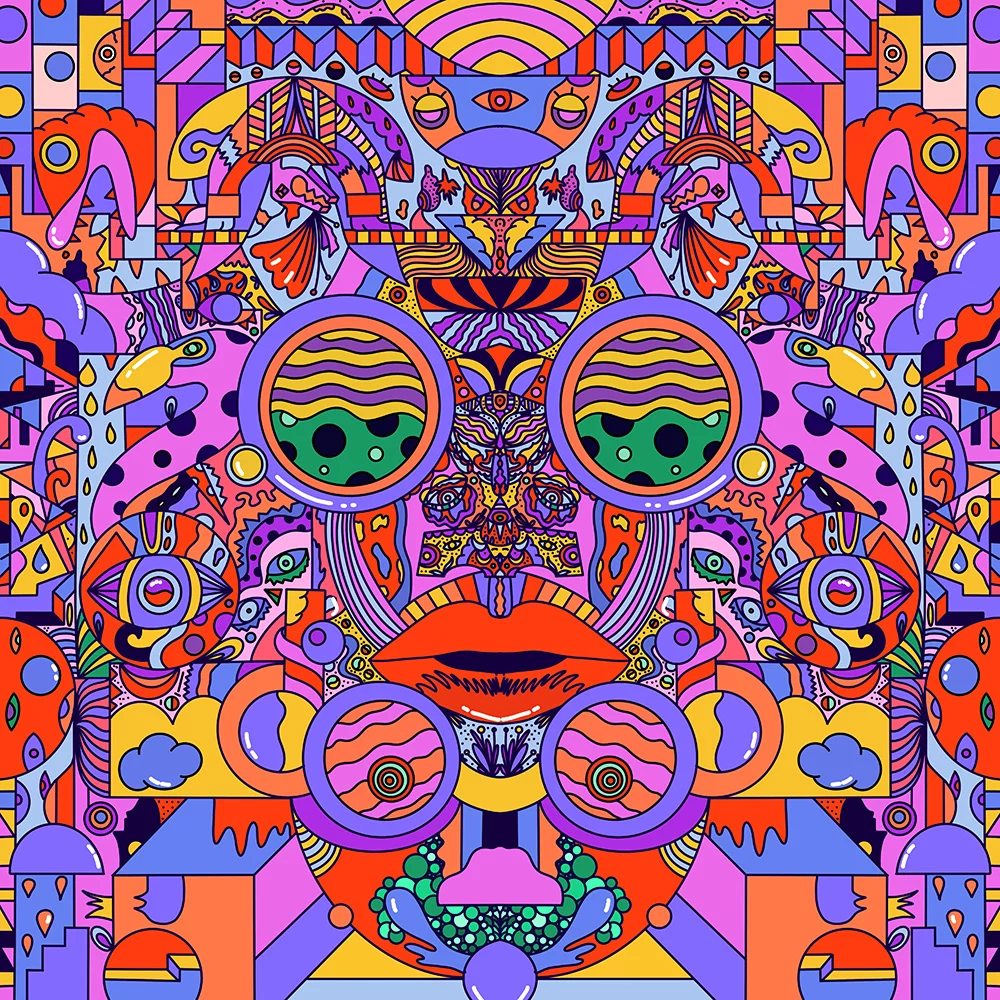
Are NFTs Good for The Art Industry?
A positive impact that NFTs have on the art world is that they are indiscriminate and allow anyone from various socioeconomic backgrounds to buy in. However, it is clear from our research that the artists come from specific demographics. While this points to a diversity problem, in her book, ‘Dismantling the Patriarchy, Bit by Bit: Art, Feminism, and Digital Technology’, Judith Brodsky suggests that NFT’s will continue the discourse of digital feminist artists, impacting society positively by enabling them to be more accepted by art institutions as NFTs permeate society.
Additionally, with physical art sales, the artist can only profit the first time their art is sold. With NFTs sold through online platforms, galleries, and auctions, creators are able to set royalties on their artwork. This creates a sharing economy which promotes collaborative consumption of under-utilized goods. Due to this dynamic, Schrader Rank’s 2021 study points to an assumption that many artists and galleries will be pushed to go completely digital with their work in the future. According to Valeonti’s study in Applied Sciences, NFTs also provide a potential additional revenue for museums, and are particularly effective in fundraising, so there are clear societal benefits here too.
Undoubtedly, those with a digital understanding can create images for NFTs, but this does not necessarily make good art. True NFTs are a tool which enables connectivity and have valuable real-world applications. For example, artists such as Trevor Jones and Damien Hirst, have moved from the traditional art model into using NFTs with great success.
Daniel Arsham has also constructed a career around merging and challenging the boundaries between architecture, sculpture, and performance. He has made a natural progression into selling his digital art with the additional safeguard that NFT’s and smart contracts provide. For example, the artist released NFT’s of a digital sculpture last year called “Eroding and Reforming Bust of Rome” to critical acclaim, and continues to sell his work on Nifty Gateway. It would appear that the boundaries between traditional art and NFTs have shown that they are in fact permeable and therefore likely to merge further over time.
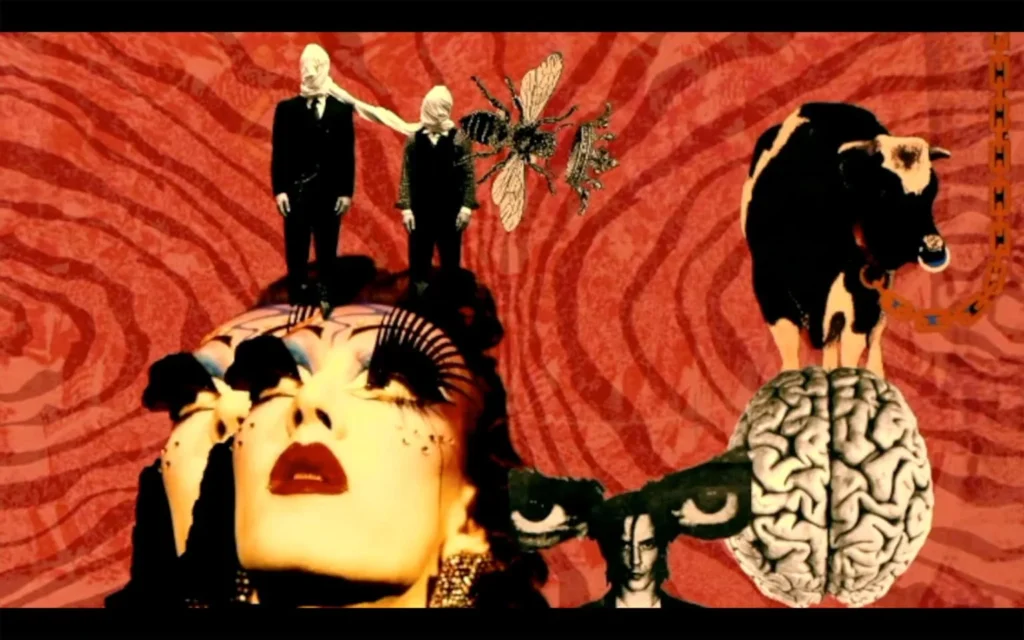
Can “NFT Art” Be Physical Art?
While NFTs do not have to be attached to digital art, NFTs and digital art have become conflated terms in the media. This is a situation which may change as NFTs become more widely adopted by art institutions.
Damien Hirst has blurred the boundaries with NFT art and physical art, releasing his second series of NFTs in January 2022, as HENI NFTs that are in fact digital NFTs which can be traded in for the physical artwork at a later date. Physical art could, therefore, also be paired with NFTs creating a secure ledger of transactions for the art market in the future, which in theory could merge directly with online platforms and galleries.
How to Become An NFT Collector
Art is about emotion and connection, so find what connects with you and trust that it will connect with others. Follow the artists and the galleries that you love on Twitter and Instagram. Engage with the NFT space and respect it for what it is: a way to protect your assets and connect with artists.
Discovering virtual galleries and the Metaverse is also useful. For instance, the Gallery of Crypto Art (Goca) — is a group of high-profile art galleries in the Metaverse. The Goca contains “crypto fine art”, a concept which it has coined, alongside information on the marketplace.
In addition to the abovementioned Pace Verso, the ArtMeta also announced in March 2022 that it is developing a metaverse for fine art with the goal of uniting the traditional art world with the crypto NFT art space. The ArtMeta metaverse will be a fully-realized photorealistic 3D world to explore virtual galleries and participate in auctions and sales. This is an excellent example of the two worlds beginning to merge.
You may also wish to set up NFT accounts on platforms such as Rarible, Superrare, Foundation, OpenSea, and Nifty Gateway, along with an NFT wallet. To better understand cryptoart on these platforms from different perspectives, this study in MIT Press Direct is insightful.
How to Display and Resell Your NFTs
The technical solutions to display your NFT art at home are varied and contain a whole market in and of themselves.
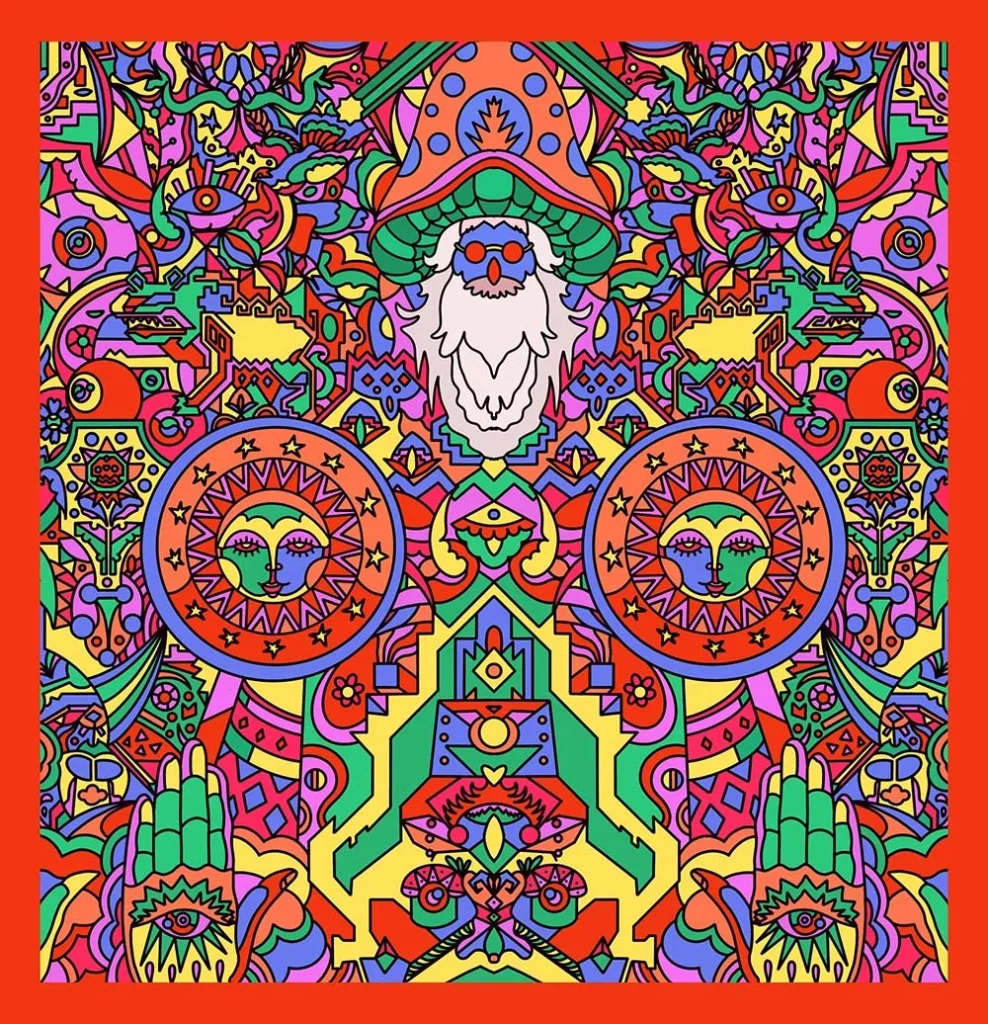
Netflix’s Meural app allows NFT owners to display their digital art, while on the practical side of the spectrum, any tablet can be used. Digital displays are very common and can be very exciting. For example, Looking Glass holograms provide a solution for 3D sculptures that seem real. 2D art that is not interactive can be made into a physical NFT on an aluminium plate via Solid NFT. DIY prints can be associated with QR codes which link to the NFT online.
Arguably one of the most exciting parts of NFTs is community sharing. Your art can be displayed on the Metaverse for others to see virtually. Online NFT platforms and marketplaces allow you a space through which to connect your crypto wallet and display your work for others who share your passion.
Once you have purchased your NFTs, you can simply connect with the broad array of NFT marketplaces mentioned above, or find a gallery or auction house that will sell for you.
A collector buys with the goal of being associated with great ideas, artists, and elude transience. NFTs do not have to be at odds with this but can enable a connection with the artist within a fresh infrastructure.
The Future of NFTs
While NFTs have not necessarily been fully welcomed by traditional art institutions, this is changing. There is ultimately a knowledge gap among investors and the public, which this article hopes to partially redress. The expansion of the Metaverse will play into how traditional galleries can become involved. It seems likely that NFTs will endure in their popularity because they provide such benefits to the real world and the economy.
NFTs have also had a major cultural impact that cannot be underestimated, and social media continues to play a role in this. Mark Zuckerberg announced in March 2022 that NFTs will soon be coming to Instagram. It is conceivable that Instagram could house a real-time marketplace for NFTs which may open up the market for digital art even further. Just recently, Meta announced that its U.S. users can connect their digital wallets to both Facebook and Instagram to share their NFTs.
For the NFT collector, NFTs themselves can provide an eternal digital connection to art and ideas. The role of art galleries is crucial in determining the speed at which this technology is adopted and embraced by the traditional art world, but the current intellectual discourse suggests that it is a case of “when” not “if” NFTs will become integrated with the traditional art world.
Regardless of whether it is through digital art or physical art, NFTs will likely continue to exist as a way to create a secure record of transactions in the art market, contribute to a sharing economy, and provide greater connectivity between the artist and collector.

